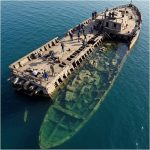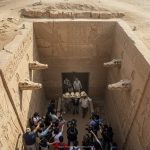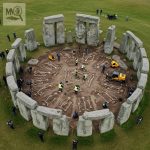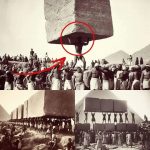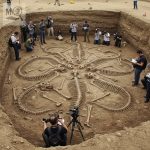Pompeii: Echoes of a Tragic Past
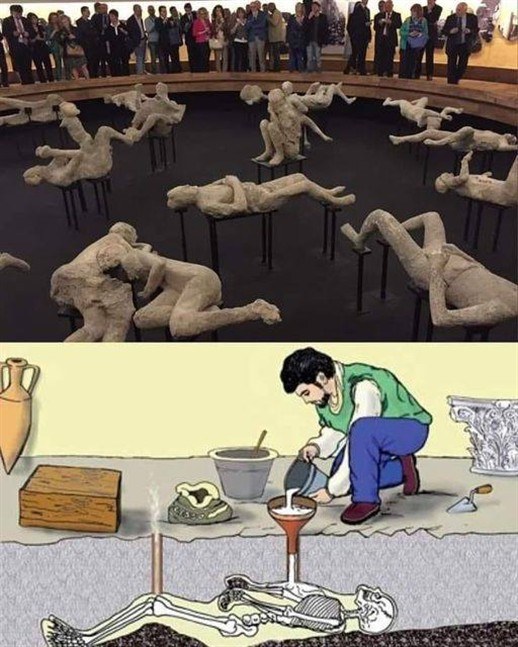
The ancient city of Pompeii remains one of history’s most haunting and instructive sites, offering a chilling glimpse into human vulnerability in the face of nature’s fury. In 79 AD, the catastrophic eruption of Mount Vesuvius buried the city under meters of volcanic ash, instantly freezing the lives of its inhabitants in time. Today, the plaster casts of victims serve as silent yet powerful witnesses, capturing the final moments of ordinary Romans and preserving a tragic story that resonates across centuries.
The Plaster Casts

The plaster casts of Pompeii are far more than archaeological curiosities—they are deeply human records. When excavators discovered voids in the hardened ash where human bodies had decomposed, they realized these cavities preserved the exact shapes and postures of the victims. By filling them with plaster, archaeologists recreated the forms, producing strikingly lifelike representations of men, women, and children at the moment of their deaths.
Each cast captures a range of expressions: fear, agony, and resignation, offering a rare and intimate view of Roman life abruptly interrupted. From the curled limbs of a child clutching a toy to the rigid posture of an adult shielding themselves, the casts convey the immediacy and horror of the eruption while immortalizing the humanity of those who lived and died in Pompeii.
Insights Into Roman Life
Beyond their tragic poignancy, the casts provide invaluable insight into the daily lives of Pompeii’s citizens. The victims’ postures, combined with artifacts such as household items, jewelry, and clothing, reveal social hierarchies, domestic arrangements, and cultural practices. Streets, homes, and public spaces preserved under ash allow historians to reconstruct urban life, commerce, and social interaction in a Roman city at its peak.

The eruption, though devastating, inadvertently created a perfect time capsule. Archaeologists can study both grand villas and modest dwellings, gaining perspective on the diversity of Pompeii’s population and their interaction with the surrounding environment.
The Power of Memory
Pompeii’s plaster casts also serve as a powerful reminder of human fragility. The suddenness of the eruption and the intimate portrayal of the victims’ final moments confront visitors with the fleeting nature of life. Unlike other ancient ruins, where the passage of time smooths over individual stories, Pompeii preserves personal tragedies with startling clarity.
This ability to evoke empathy and reflection is what makes Pompeii uniquely compelling. Scholars, students, and tourists alike are struck not only by the archaeological significance but also by the profound human stories embedded in ash and stone.
Conclusion
Pompeii stands as both a monument to human achievement and a stark warning of nature’s power. The plaster casts, frozen in fear and finality, echo the tragedy of lives abruptly ended and preserve invaluable details of Roman society, architecture, and culture. They remind us that history is not only a collection of dates and events but also a tapestry of human experience—of love, loss, and resilience. By walking among the ruins and contemplating the casts, we connect with a past that is heartbreakingly tangible, underscoring the impermanence of existence and the enduring value of memory.

